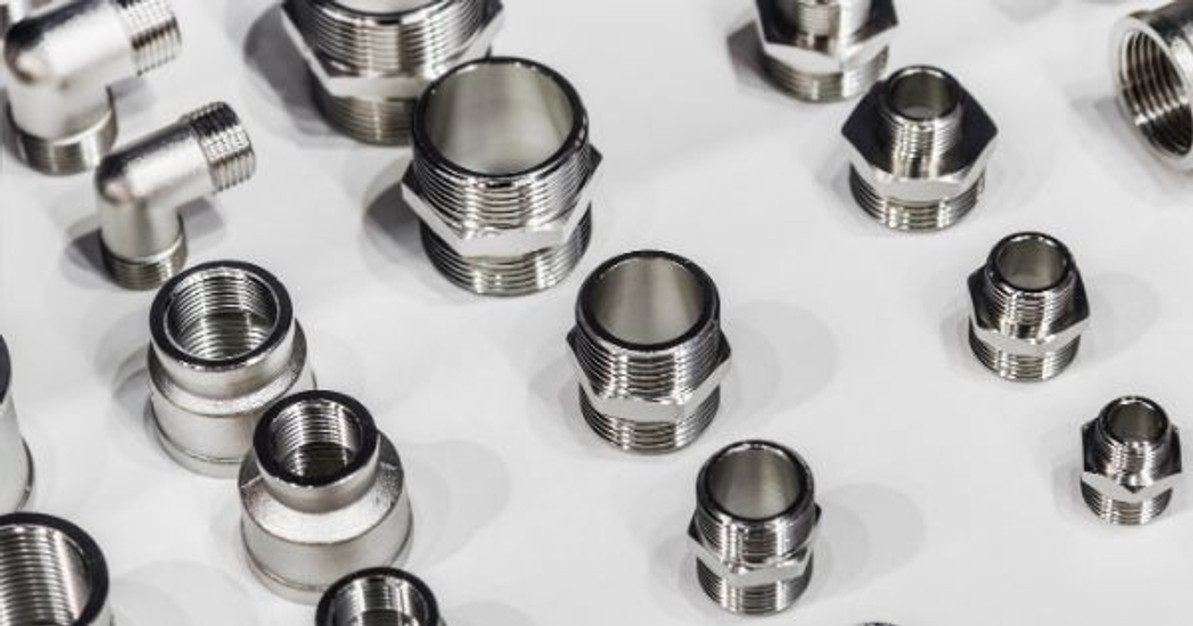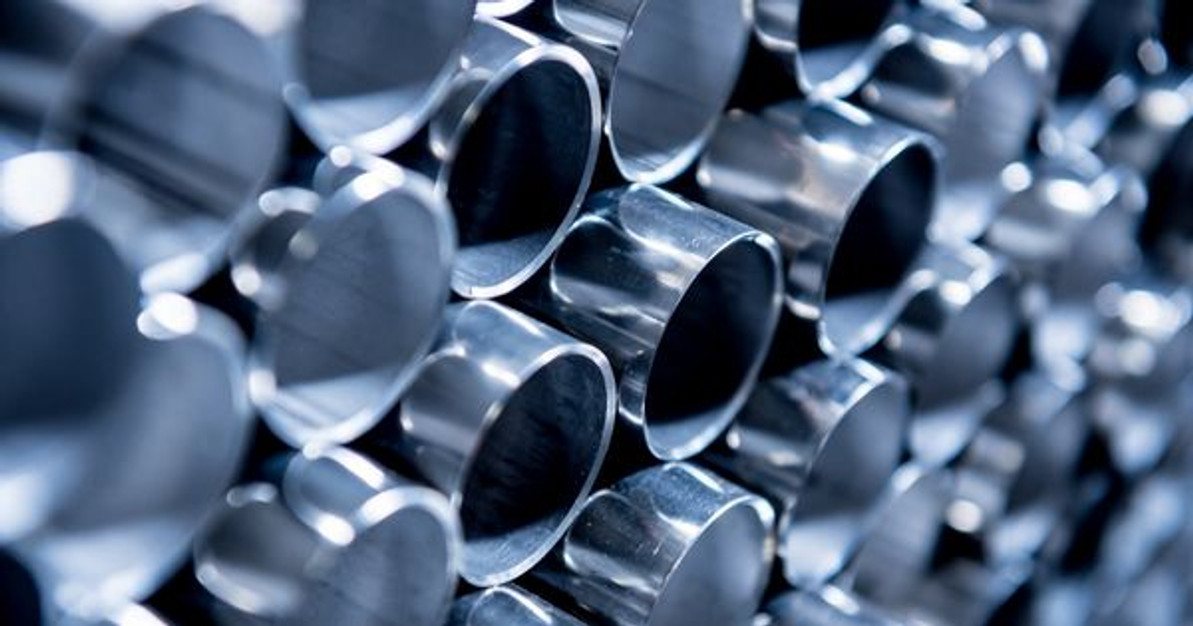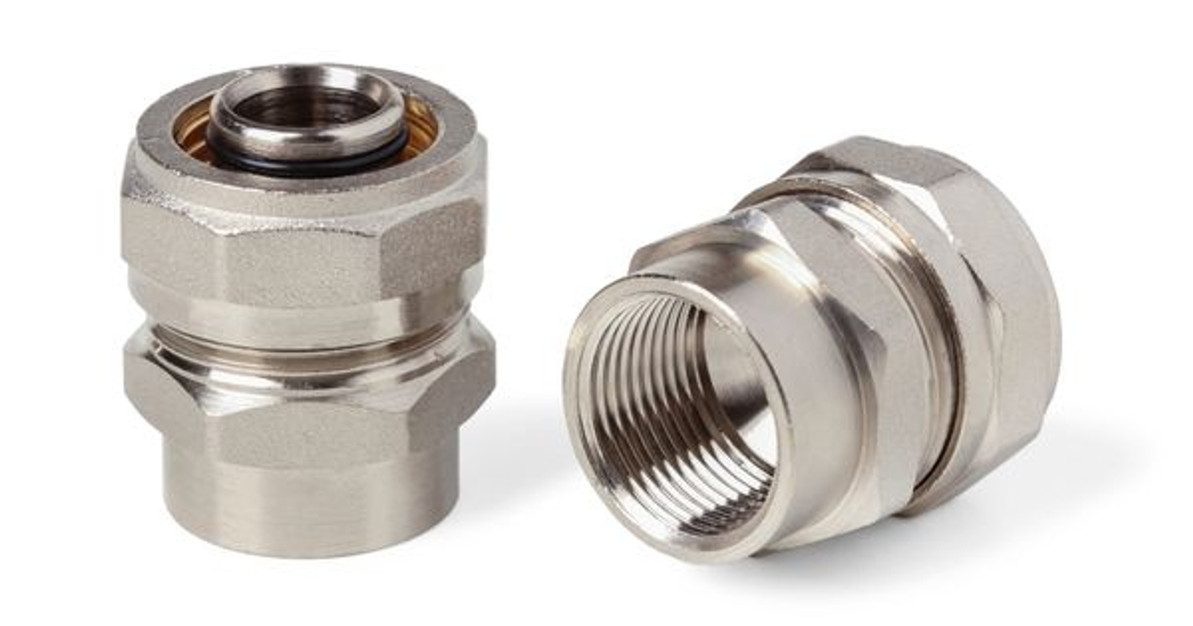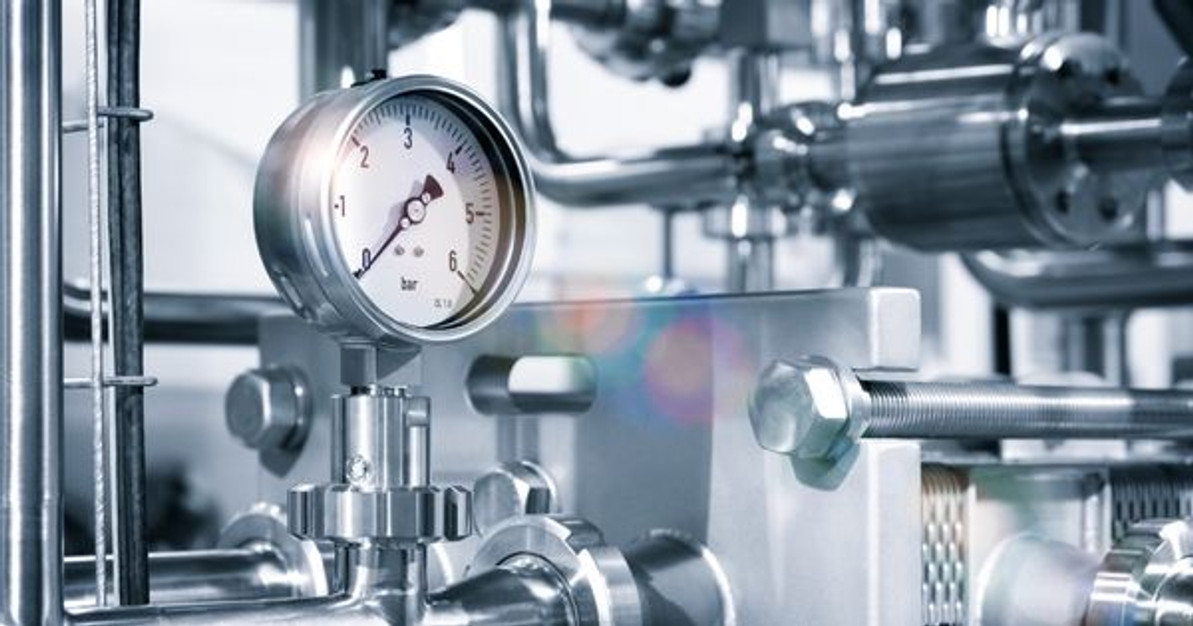 Dec 7th 2020
Dec 7th 2020What Makes Sanitary Fittings Different from Regular Fittings
When it comes to pipe installation or reparation, the medical and food industries always turn to stainless steel sanitary fittings. But what makes sanitary fittings different from regular fittings? Read on to learn why you should choose sanitary fittings over regular fittings for the best possible quality you can provide to your facility.
Sanitation Benefits
As one can deduct from the name, sanitary fittings are favored by industries like medical or food that must meet very high standards of cleanliness and disinfection. Regular fittings are made from iron, copper, aluminum, and other alloys. The biggest difference that makes sanitary fittings different from regular fittings is that they are made from stainless steel—a material that is easy to clean and disinfect. Stainless steel is not only safe for sensitive products like food, but it lacks any sort of pores or grooves, meaning dirt and debris cannot gain any sort of grip that would make it difficult to clean. As a further benefit, stainless steel is very resistant to corrosion. This keeps your fittings from rusting and potentially contaminating your products.
Stainless Steel Standards
While sanitary fittings still come in the mandatory national standard for general needs, the most size for sanitary fittings is ½ an inch to 4 inches while using either 304 or 316L stainless steels. Additionally, stainless steel sanitary fittings lack any pockets, threads, or tight radii, as the radii for sanitary fittings have been standardized.
The most common sanitary fittings used are buttwelds and sanitary clamps. Sanitary clamps are three-way crossroad pieces that look like a “T,” and they are one of the most important pieces of piping for facilities that handle food, liquids, or chemicals.
Quality Material
In addition to the hygienic benefits of stainless steel, there are other advantages of using these fittings. Stainless steel fittings are very sturdy and strong, while being relatively lightweight. They can resist impacts, guaranteeing a longer lifespan for your fittings. As a final bonus, stainless steel is a very easy material to fabricate, so they are as readily available as normal steels.
 Dec 7th 2020
Dec 7th 2020Recent Posts
-
Nov 7th 2022
What Is Food-Grade Stainless Steel Tubing?
Businesses that produce food and beverage products must operate hygienically. Sterile environments a …Nov 7th 2022
-
Oct 11th 2022
Why Sanitary Fittings Are Important for the Medical Industry
Sanitary fittings are useful for many industries. Food and beverage manufacturers have used these to …Oct 11th 2022
-
Sep 23rd 2022
What Is the Max Operating Temperature for Stainless Steel?
Stainless steel is valued in many industrial applications because it’s capable of withstanding high …Sep 23rd 2022




